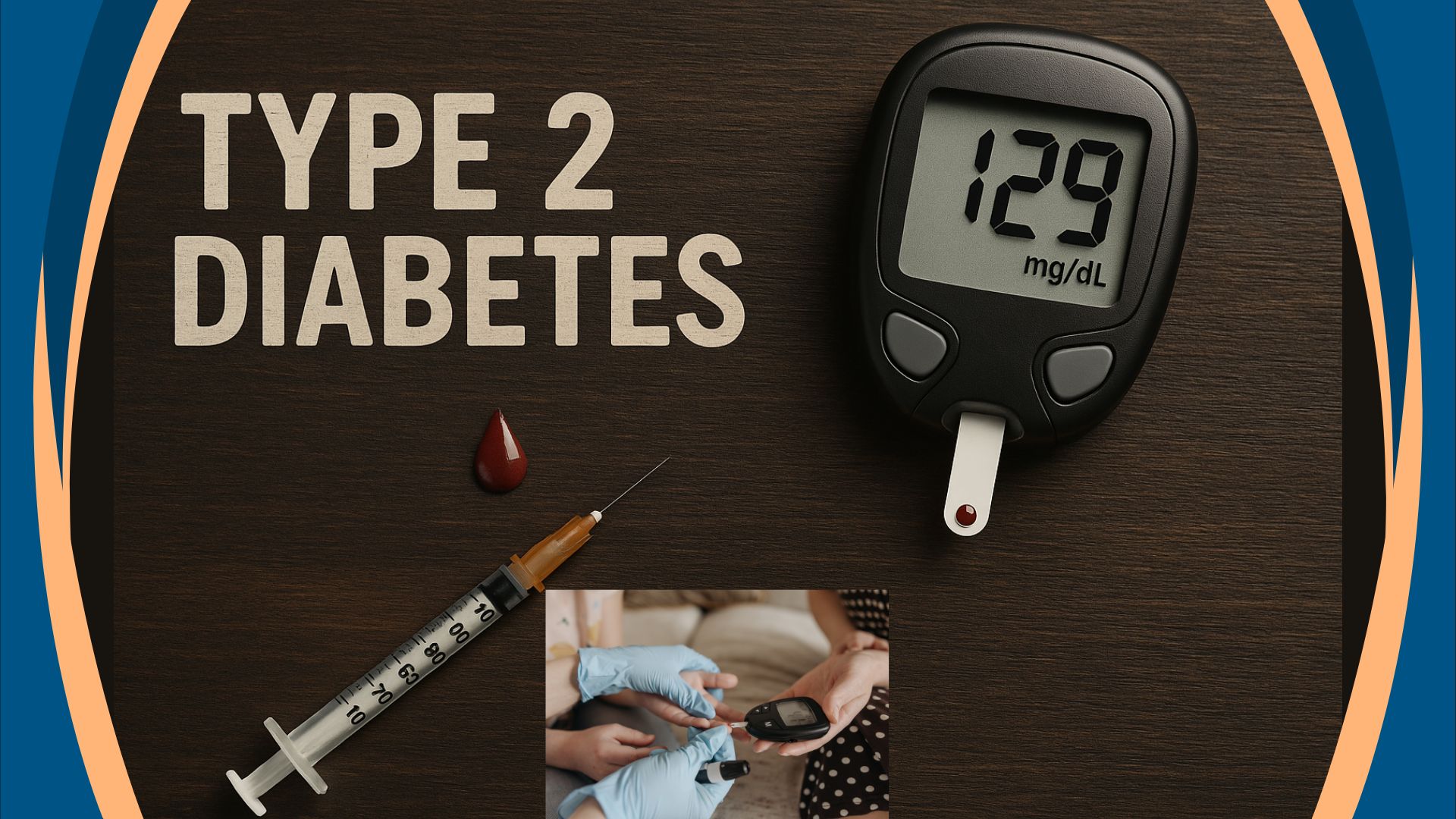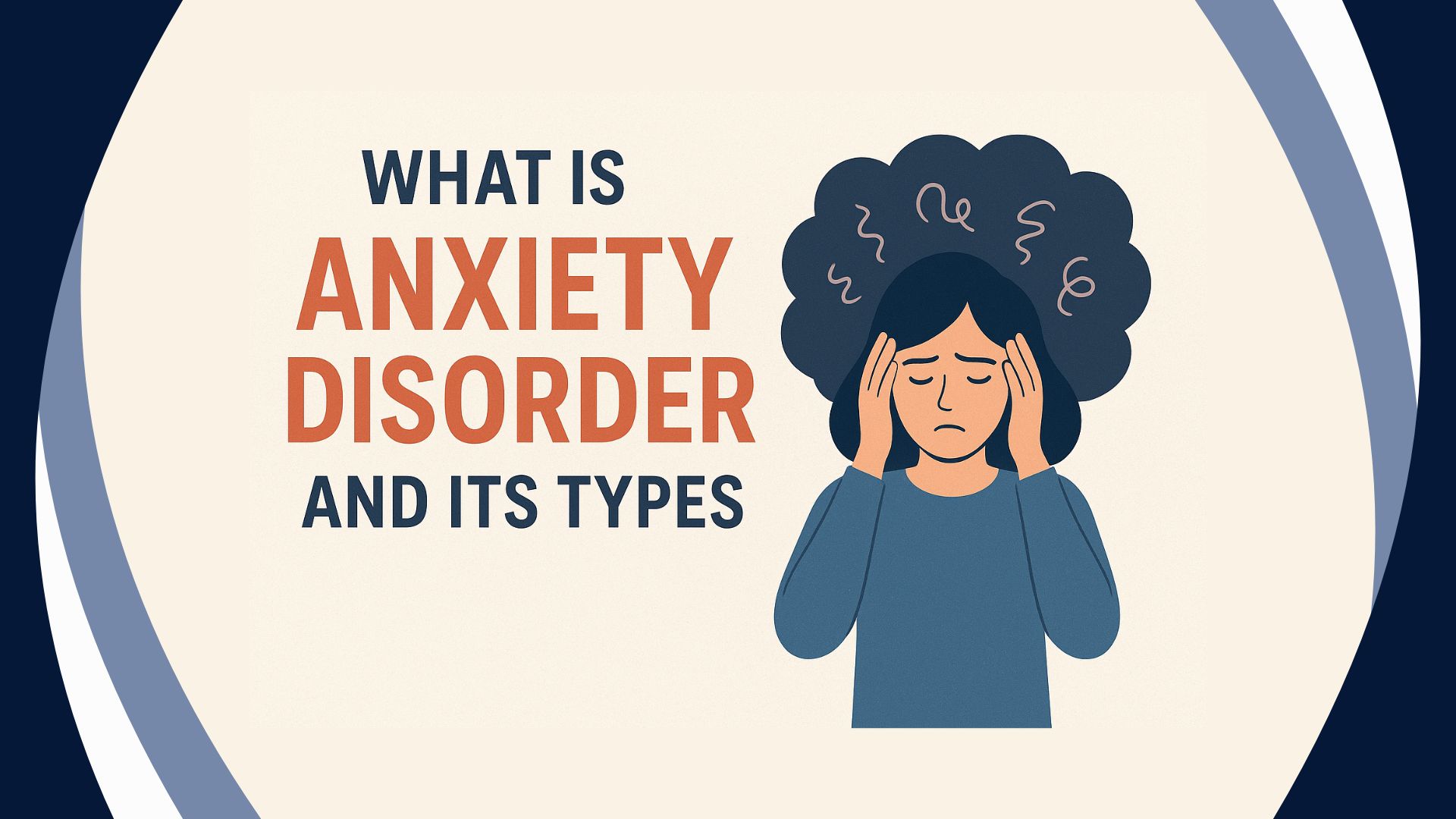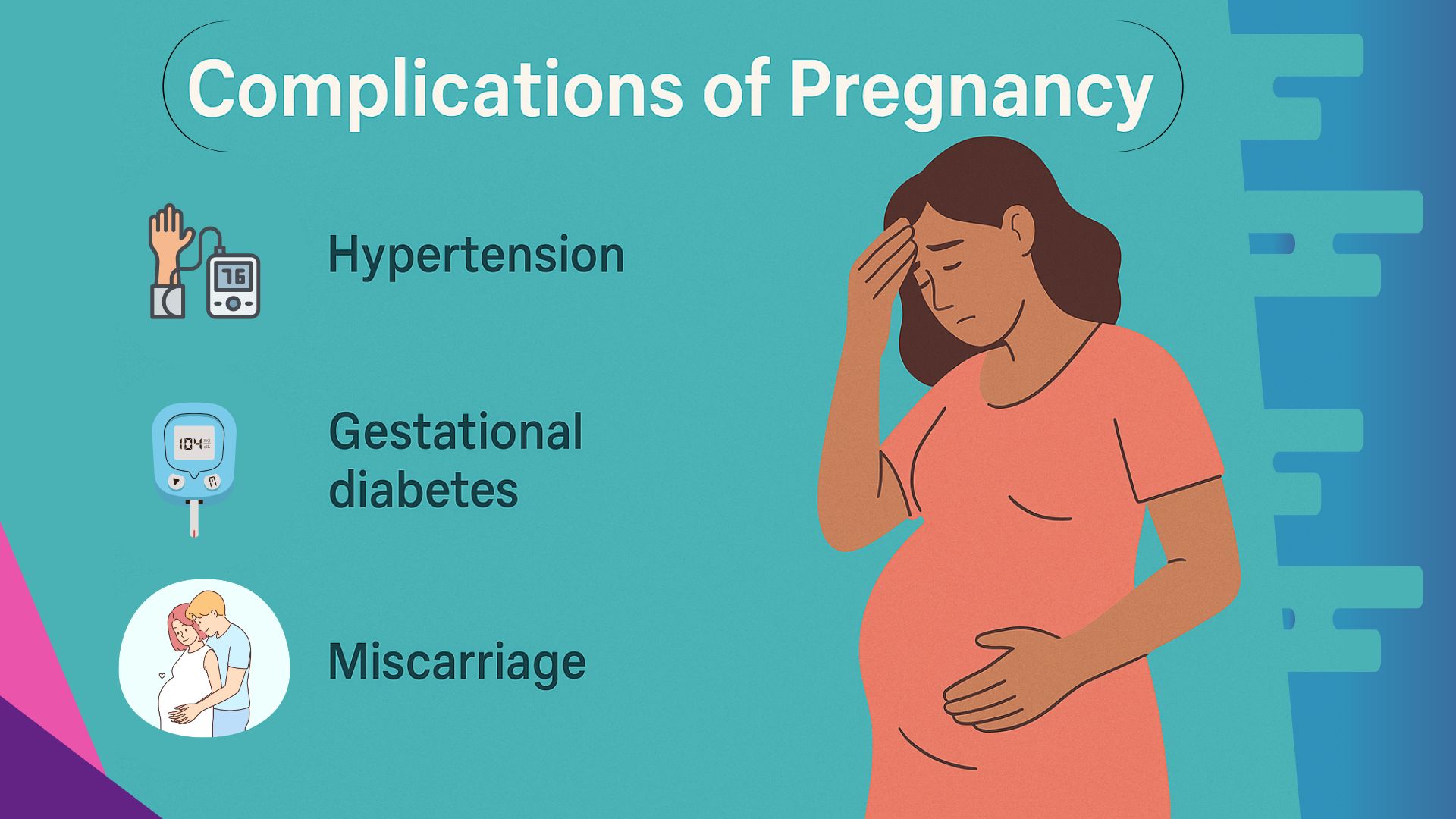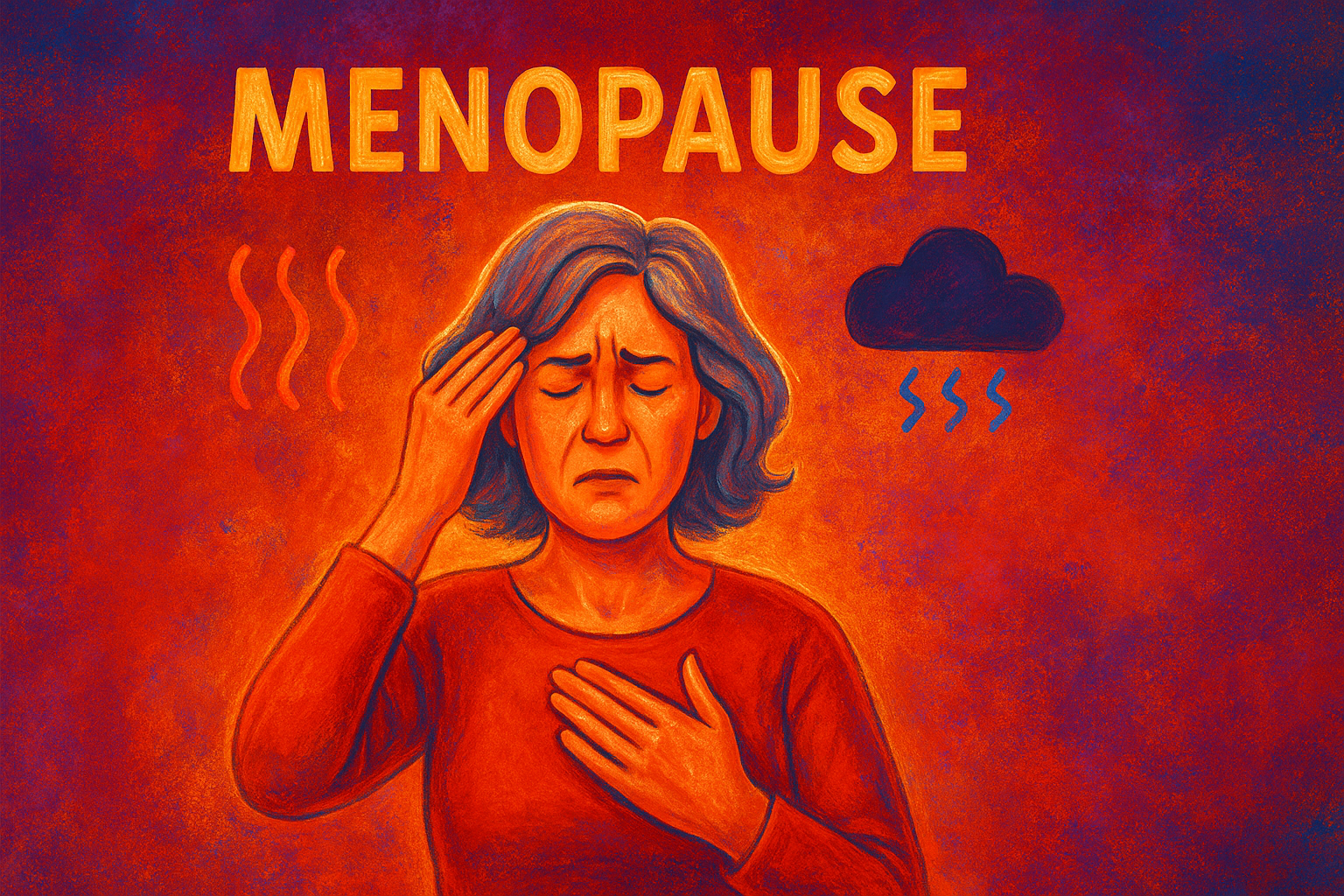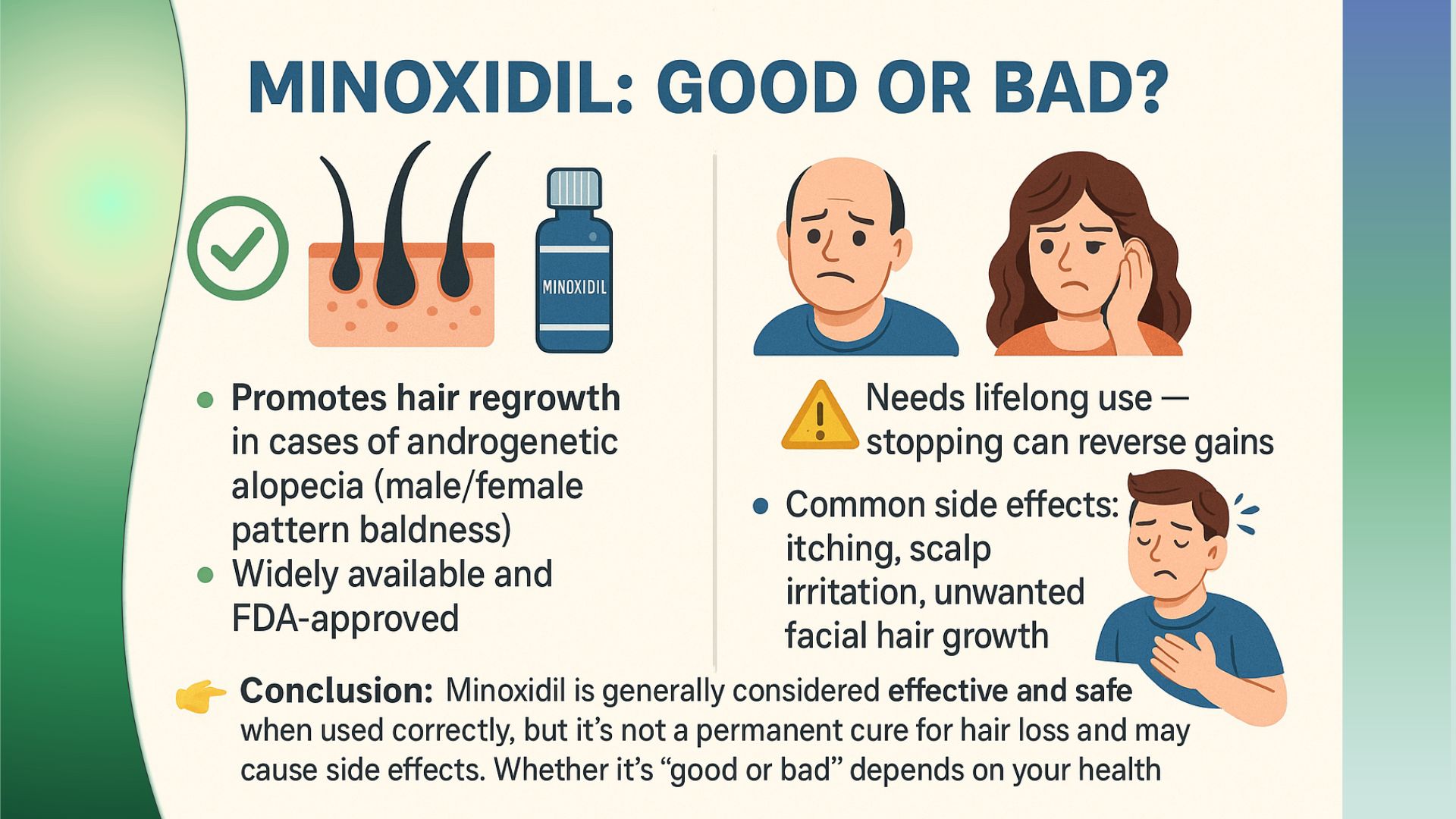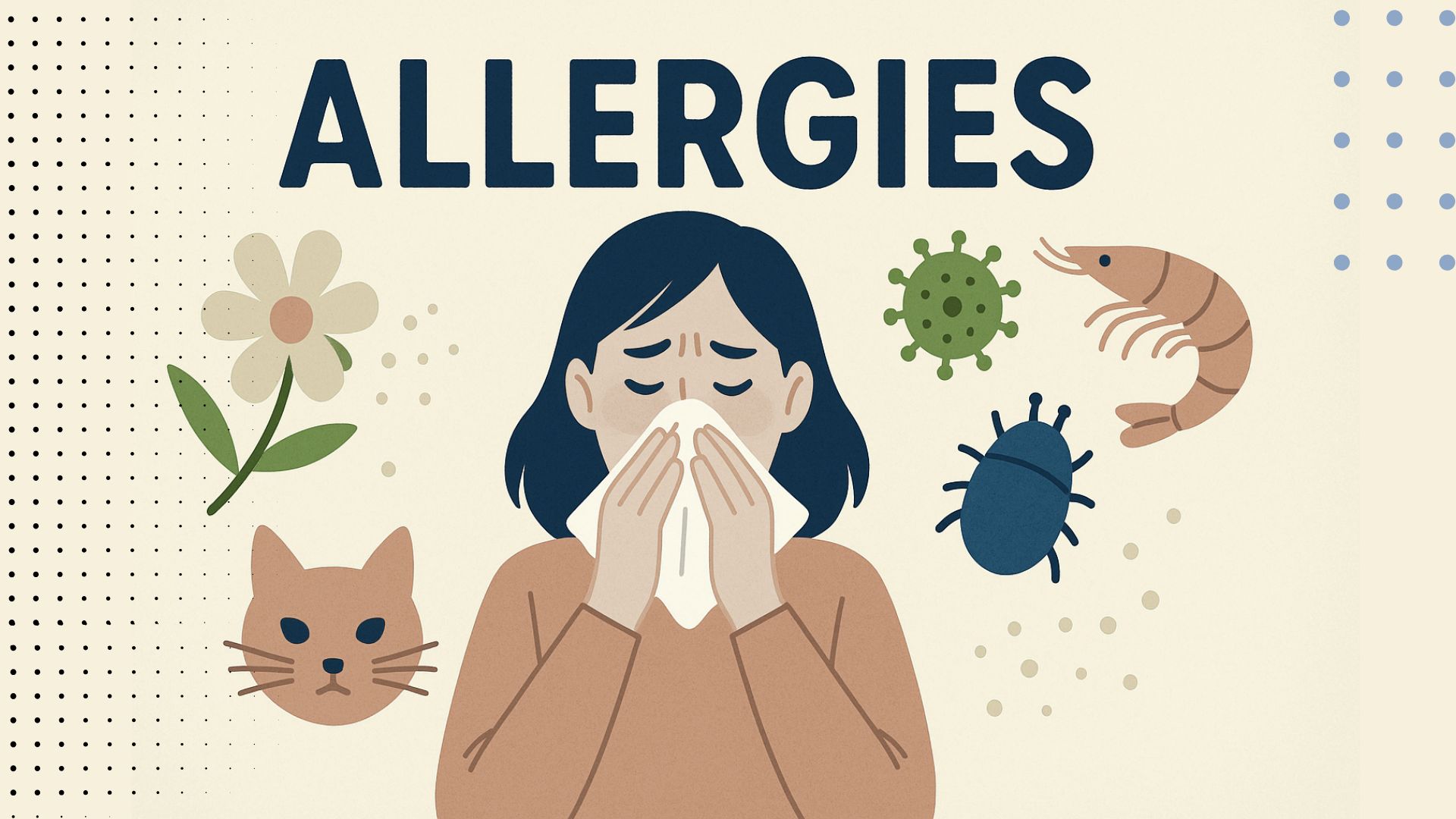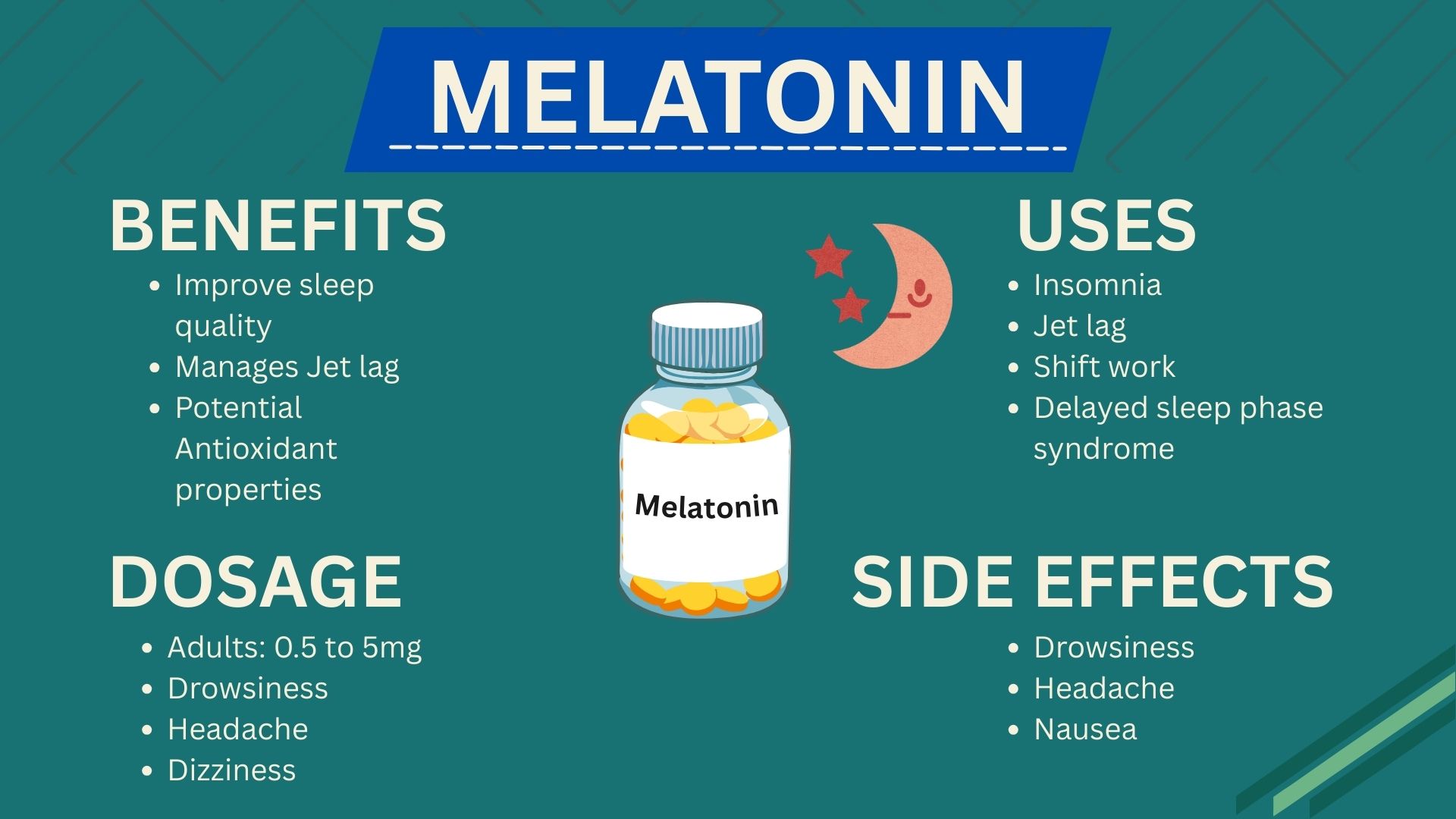Sexually transmitted diseases (STDs), also known as sexually transmitted infections (STIs), are infections that are spread primarily through sexual contact. Here’s a simple guide to understanding STDs:
What is Sexually transmitted diseases (STDs)?
STDs are infections caused by bacteria, viruses, or parasites that are transmitted through sexual activities, including vaginal, anal, and oral sex. Some STDs can also be spread through direct skin-to-skin contact or shared needles.
Common Types of STDs
- Bacterial STDs:
- Chlamydia: Often has no symptoms but can cause discharge and burning during urination. Can lead to serious reproductive issues if untreated.
- Gonorrhea: Symptoms can include discharge and pain during urination. It can affect the genitals, throat, and rectum.
- Syphilis: Begins with painless sores called chancres. If untreated, it progresses through stages and can affect the heart, brain, and other organs.
- Viral STDs:
- Human Immunodeficiency Virus (HIV): Attacks the immune system and can lead to Acquired Immunodeficiency Syndrome (AIDS). Symptoms can range from flu-like symptoms to none at all.
- Herpes Simplex Virus (HSV): Causes sores around the mouth (HSV-1) or genital sores (HSV-2). Symptoms may include painful blisters or ulcers.
- Human Papillomavirus (HPV): Many types cause warts on the genital area; some can lead to cervical cancer. Most people don’t have symptoms.
- Hepatitis B and C: Affect the liver and can be spread through sexual contact. Hepatitis B can cause acute symptoms like jaundice, while Hepatitis C may be asymptomatic or cause chronic liver disease.
- Parasitic STDs:
- Trichomoniasis: Caused by a parasite, symptoms include itching, discharge, and discomfort during urination. Sometimes there are no symptoms.
Symptoms of Sexually transmitted diseases (STDs ):
Symptoms of sexually transmitted diseases (STDs) can vary widely, and some people may not have any symptoms. When symptoms are present, they may include:
- Abnormal discharge from the genitals.
- Pain or burning during urination.
- Sores or bumps on the genitals, mouth, or throat.
- Itching or irritation in the genital area.
- Pain during sex.
Diagnosis
STDs are typically diagnosed through:
- Physical Examination: A healthcare provider may examine symptoms and ask about sexual history.
- Laboratory Tests: Tests may include blood tests, urine tests, and swabs of affected areas to identify the infection.
Treatment for STDs
Treatment varies depending on the type of STD:
- Bacterial STDs: Generally treated with antibiotics.
- Viral STDs: Antiviral medications can help manage symptoms and reduce transmission, but may not cure the infection.
- Parasitic STDs: Treated with antiparasitic medications.
Prevention
Preventing STDs involves several strategies:
- Condom Use: Using condoms consistently and correctly can reduce the risk of transmission.
- Regular Screening: Regular testing for STDs, especially if you have multiple partners or are at higher risk.
- Vaccination: Vaccines are available for certain STDs, like HPV and Hepatitis B.
- Communication: Discussing sexual health and STD status with partners can help reduce risk.
STDs are infections spread through sexual contact and can be caused by bacteria, viruses, or parasites. They often have no symptoms, so regular screening and preventive measures are crucial for maintaining sexual health. If you suspect you have an STD, consult a healthcare provider for diagnosis and treatment.
